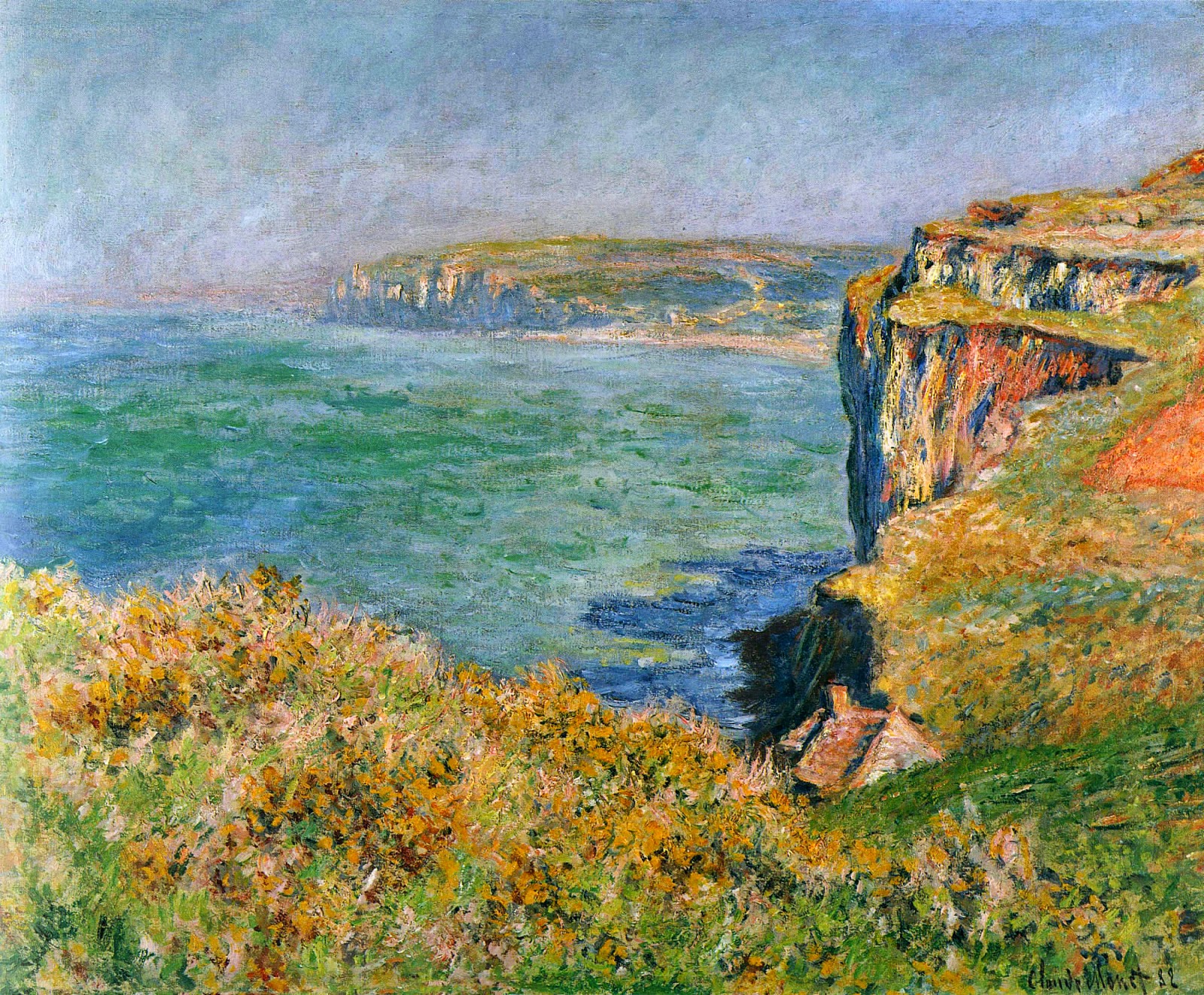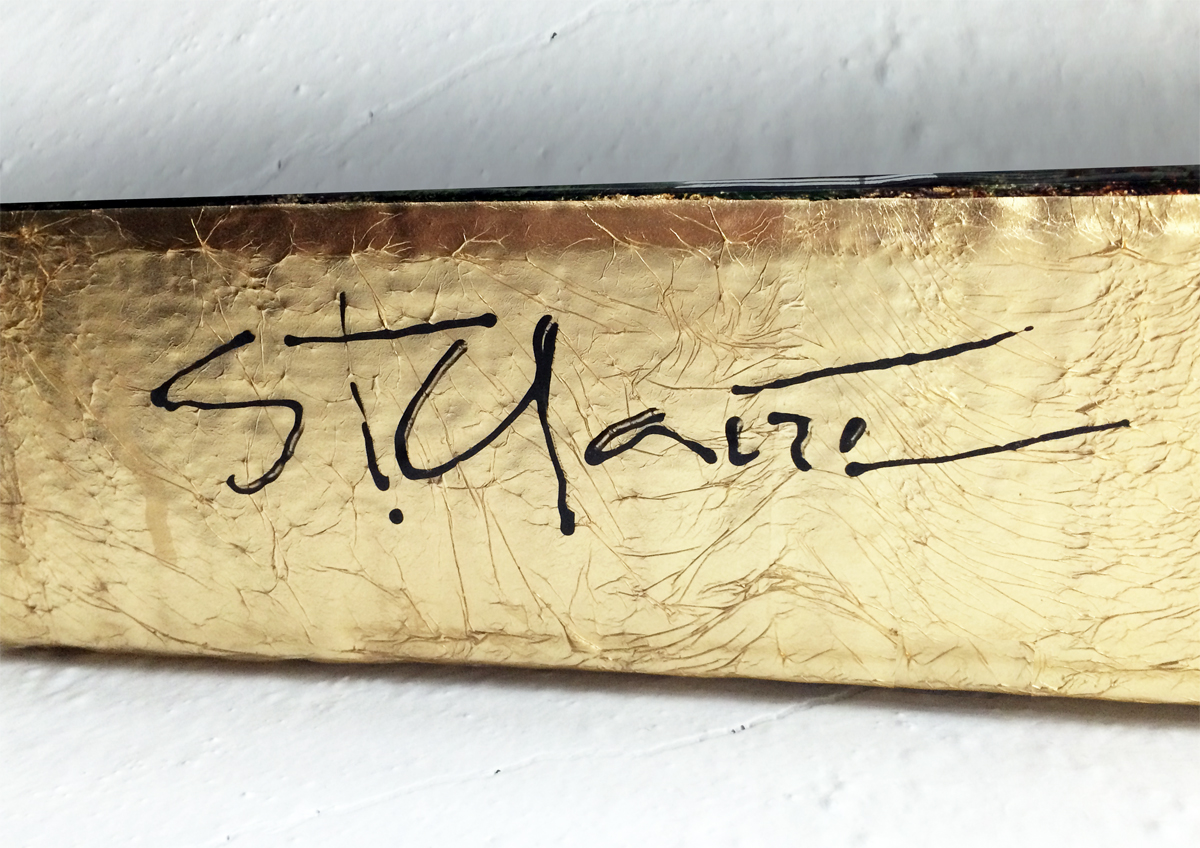In thinking about one year closing and another just beginning, I guess I'm not alone in getting a bit introspective regarding the accomplishments of this past year, and excited about the possibilities of the next. So to just get these things out of my head and on virtual paper, I’ll take advantage of this blog and record my thoughts and dreams here. So, in looking back…
2018 was very good to us. Here are some of the highlights:
1) Individual customer base grew to the highest level to date. See, there are basically three ways I sell paintings: individual clients who are purchasing artwork for their home during their trip to Asheville, sales from art galleries that represent me, and corporate / institutional jobs (public art, art installations, things like that). So the fact that more individual sales happened in 2018 is really, really encouraging.
2) Earlier last spring, I came up with a new method of creating an abstract painting. It involves applying texture to the canvas and then applying the metallic leaf, then drizzling resin over the entire piece in a random design or grid. Then when the resin sets, I add the paint in the "resin valleys" and then finish it all off with more layers of resin.
3) Just at the tail end of the year, I came up with a new form of installation art which will literally billow out from the wall. I've tested individual elements of the idea and so far, each test has worked awesomely. In the next few weeks, I'll be working on three prototypes. These will just be 20" x 24" pieces, but if this works (and I'm very positive about it so far), this concept could be accomplished with 4' tall panels, or eight foot tall panels, extending to whatever length desired to fill up the space.
And here are some of the things on my wish list for 2019:
1) Find more key galleries around the country that would represent me. This would result in "spreading out the sales" and income sources so that most does not just depend on Asheville, North Carolina. This seems wise. It would also be fun more me because I could expand the landscape themes I could paint.
2) Locate and work with more interior designers so that my corporate work would grow. These are really fun projects just because of the possible scale of them.
3) Develop and market my new "sail-form" art panels (see point three above). In my head, these could be really cool because the surface reflecting the light and holding the paint layers would be bent, so the colors would differ greatly from top to bottom and/or side to side. That could be really interesting.
I'm really, really grateful that I can now make a living doing what I absolutely love to do. This is something I never want to take for granted. And I'm really excited about dreaming together with my wife Joy regarding goals and ideas and possibilities for the next year. You never know the ride a year (or even a day) can take you on, but I'm ready to take a deep breath and dive right in! Wooo hooo!
















